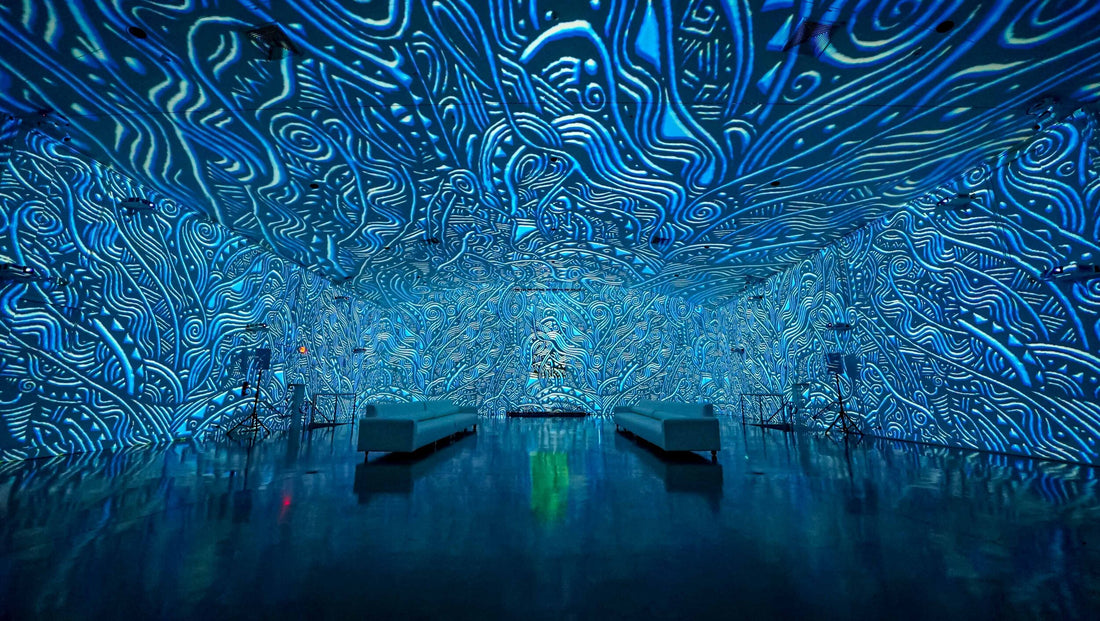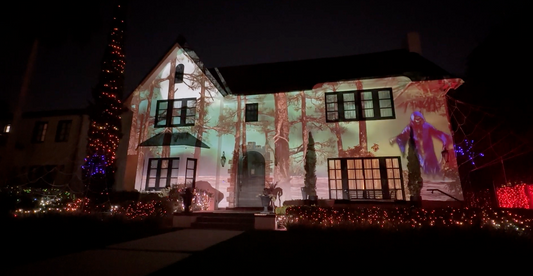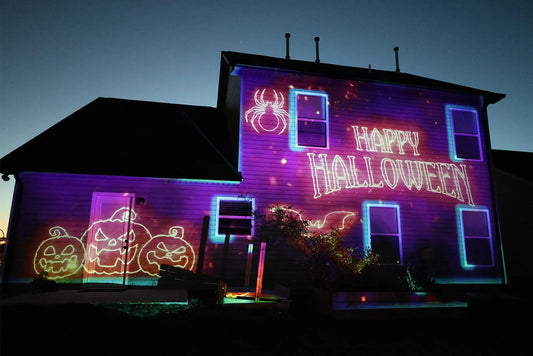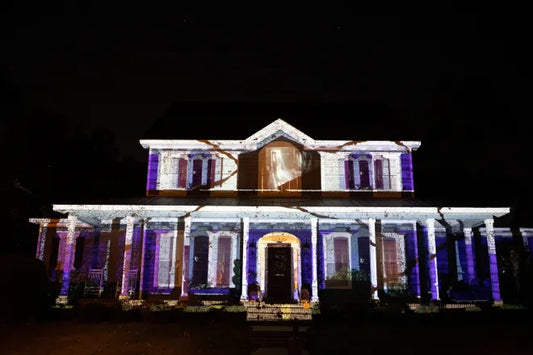Projection mapping is a cutting-edge technology that has transformed the way we experience visual media. By projecting images and videos onto any surface or object, projection mapping can create immersive and visually stunning environments that engage audiences like never before. In this blog, we will explore how projection mapping can be used to create immersive environments that transport audiences to new and exciting worlds.
What is an Immersive Environment?
An immersive environment is a space or experience that fully engages and surrounds the senses, creating a feeling of presence and immersion. This can be achieved through a range of techniques, such as sound, lighting, and visual effects. Immersive environments are often used in entertainment and art, such as in virtual reality experiences or immersive theater productions.
Creating Immersive Environments with Projection Mapping
Projection mapping can be used to create immersive environments that transport audiences to new and exciting worlds. By projecting images and videos onto walls, floors, and other surfaces, projection mapping can create a dynamic and interactive environment that engages all the senses.
One example of projection mapping used to create an immersive environment is the "Digital Graffiti Wall" by Lightwell. This installation uses projection mapping to allow users to create and interact with a digital graffiti wall. The wall is projected onto a large surface, allowing users to paint and draw with digital tools, creating a dynamic environment that encourages creativity and play.
Another example of projection mapping used to create an immersive environment is the "Immersive Van Gogh" exhibit. This exhibit uses projection mapping to bring Vincent van Gogh's paintings to life, projecting them onto massive walls and floors to create a truly immersive and visually stunning experience. By using projection mapping to enhance the paintings with dynamic movement and music, the exhibit transports audiences into the world of Van Gogh's art.
Benefits of Immersive Environments
Creating immersive environments with projection mapping offers a range of benefits for artists, designers, and marketers. Some of the key benefits include:
- Engaging and captivating audiences
- Encouraging creativity and interactivity
- Providing a unique and memorable experience
- Increasing brand awareness and customer loyalty
- Enhancing storytelling and narrative in theater and film
Conclusion
Projection mapping is a powerful tool for creating immersive environments that engage audiences like never before. By projecting images and videos onto any surface or object, projection mapping can create dynamic and interactive environments that transport audiences to new and exciting worlds. With its ability to engage the senses and encourage creativity, projection mapping is sure to continue to be a popular and effective tool for artists, designers, and marketers.




